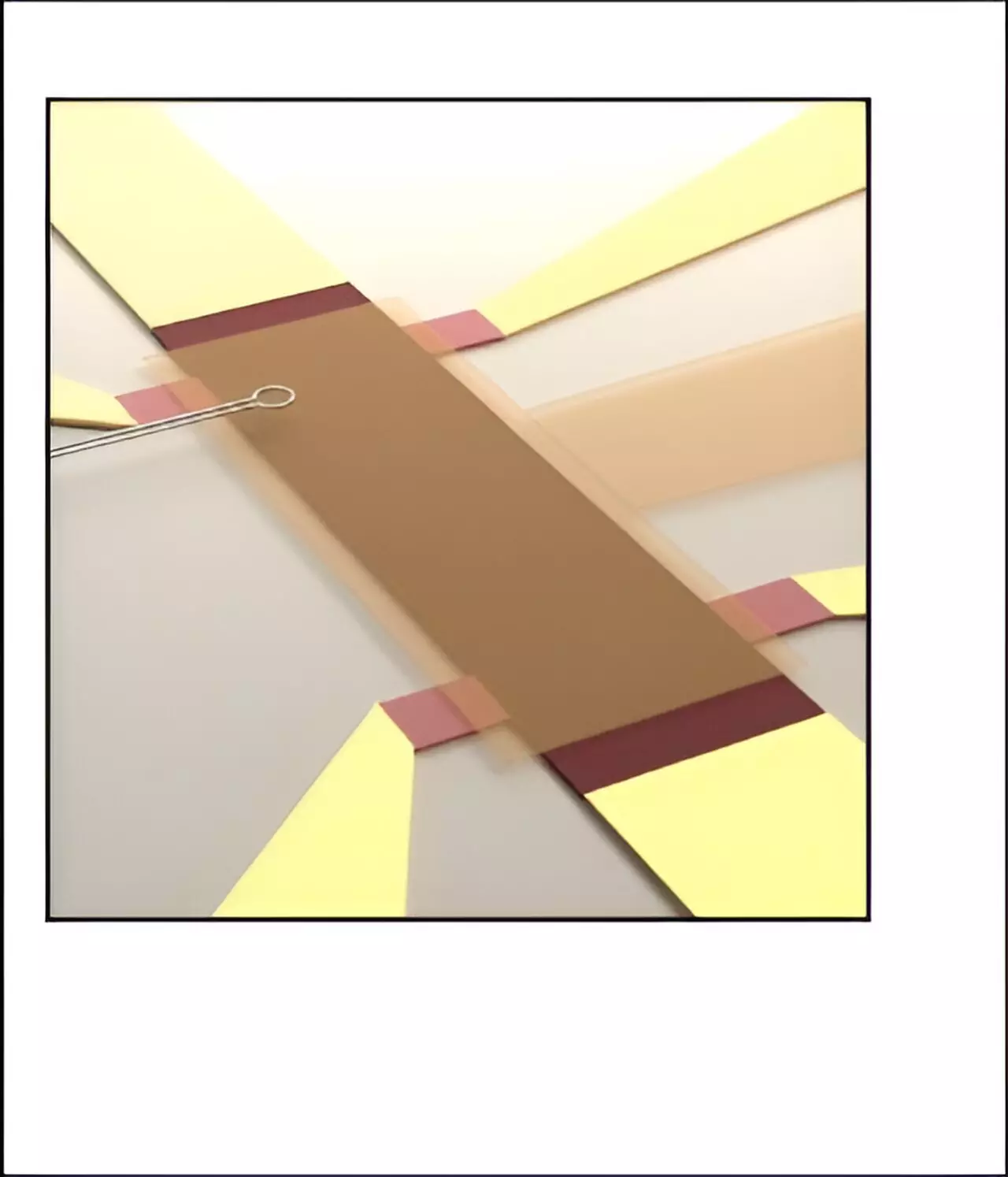Topological protection is a fascinating concept in the field of quantum physics that grants significant resilience to states of matter against various forms of disturbances. Originating from the groundbreaking discoveries recognized by the Nobel Prize winners David J. Thouless, F. Duncan M. Haldane, and J. Michael Kosterlitz in 2016, it hinges upon the mathematical framework of topology. This area of research has unveiled exotic phases of matter that display remarkable stability due to the inherent geometric structures of their quantum wavefunctions. However, this robustness comes with a hidden cost—the phenomenon often obscures essential microscopic details, a phenomenon referred to as “topological censorship.”
Topological censorship can be likened to a veil that conceals the intricate local properties of these topologically protected states. Consequently, physicists frequently deal with global and universal properties in their observations, such as quantized resistance, while richer microscopic features remain concealed. The tension between utilizing topological protection and losing access to vital information has sparked ongoing debates and research.
Experimentation Meets Theory: A Symbiotic Relationship
Recent investigations into the realm of topological insulators have shed light on this complex relationship between protection and censorship. Remarkably, a collaborative study led by Douçot, Kovrizhin, and Moessner reconciles these two aspects by presenting robust theoretical frameworks to account for previously hidden phenomena. Their meticulous analysis, published in the respected journal *Proceedings of the National Academy of Sciences*, highlights a striking new finding: a meandering edge state capable of conducting topologically quantized current, diverging from common theoretical expectations.
The revelation did not emerge from a vacuum; rather, it was spurred by experimental advancements in understanding Chern insulators—an exotic category of topological materials. Unlike traditional quantum Hall systems, Chern insulators can manifest quantized current flows independent of an external magnetic field, thus enriching the potential applications for quantum computing—a domain where topological states have been hailed for their promise in safeguarding quantum information.
Challenging Established Norms
Traditionally, the quantum Hall effect has been understood through the lens of edge states carrying current solely along the sample’s boundary. This perspective, while functional and experimentally supported, has been proven insufficient in light of contemporary findings. Scientists have begun to unravel experimental data indicating not just edge conduction, but also robust bulk transport mechanisms. The study from Stanford and Cornell demonstrated unexpected current flows within the bulk of a Chern insulator, challenging the established doctrine of topological censorship.
The implications of these findings are profound. They suggest that the quantum Hall effect may not be as simplistic as previously thought; instead, a complex landscape of current distribution could exist. For instance, the ability of electrons to travel through the bulk of a Chern insulator ads a nuanced layer of understanding to this already intricate field. What was once deemed peripheral information about spatial current distribution is now at the forefront of theoretical inquiry.
Key to resolving these issues is the identification of mechanisms that enable such surprising behaviors in current flow. The researchers have articulated a theoretical approach that successfully explains the distribution observed experimentally, illustrating how bulk channels can carry quantized currents without relying on the presence of narrow edge channels. Instead, a broad, undulating conduction pathway akin to a river’s meandering course is proposed, offering a fresh perspective on how currents could navigate through a Chern insulator.
This new understanding signifies a departure from simplifying assumptions that have dominated the field for decades. It suggests that the topology of quantum states does not merely suppress microscopic insights but rather masks a more vibrant and dynamic interplay of currents across these materials. The apparently hidden nature of electron flow calls upon further investigation into the properties of these exotic states.
As the experimental communities respond to these theoretical advancements, we stand on the brink of a paradigm shift in how we understand topological matter. The closing remarks from the research team underscore the evolving landscape: “Our work addresses the question: ‘Where does the famously quantized charge current flow in a Chern insulator?'” As scientists probe deeper, moving beyond mere quantized resistance to the spatial dynamics of current flow, the narrative of topological states will evolve.
The journey to unveil the hidden secrets of topologically protected systems is just beginning. With promising new experiments on the horizon, this burgeoning field will likely face a plethora of inquiries that challenge the conceptual frameworks laid out thus far. Topological censorship, once a steadfast assumption, is now being reconsidered as we learn to navigate the complex and fascinating terrain of quantum materials. As we explore the depths of these exotic states, the scientific community stands poised to uncover a wealth of new insights that may redefine our understanding of quantum mechanics.


Leave a Reply